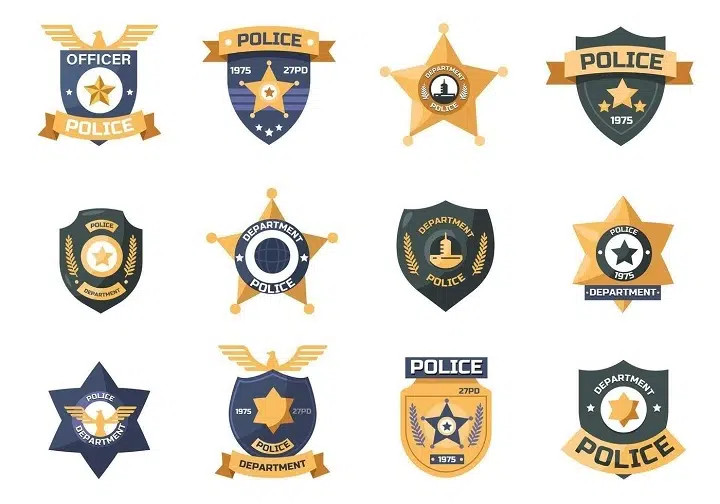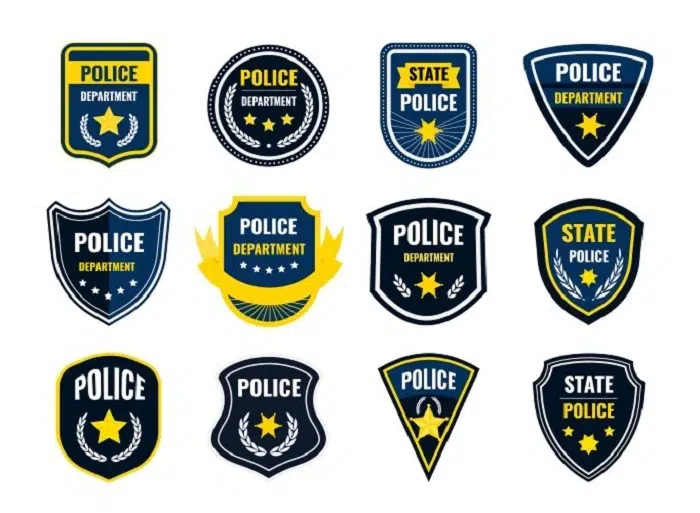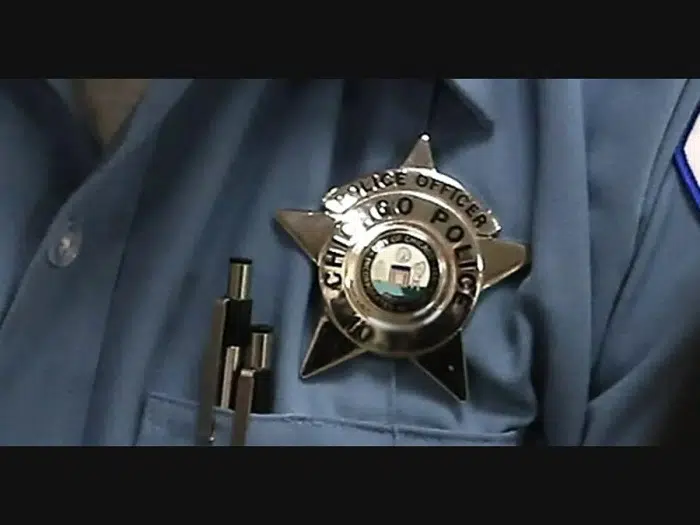The police symbol is more than just a visual representation—it’s a marker of authority, public service, and the rule of law. Found on uniforms, patrol vehicles, badges, and government buildings, this emblem conveys trust, responsibility, and societal order. Although the design may vary across countries and jurisdictions, the core meaning remains consistent: it represents those entrusted to uphold peace and security in society.
What Is the Police Symbol?
The most recognized police symbol worldwide is the badge or shield. It often takes the form of a star, crest, or shield shape, sometimes accompanied by an eagle, national flag, or institutional motto. The symbol is intended to be instantly identifiable, even from a distance, signifying the presence of law enforcement.
In some countries, the police symbol includes additional icons like swords (for justice), scales (for balance and fairness), or olive branches (for peace). These elements add layers of meaning and reflect the values that police organizations aim to uphold.
Common Elements in Police Symbols
Although specific designs differ from one country or department to another, most police symbols share several common features:
- Shield or badge shape: Represents protection and defense
- Stars or stripes: Symbolize unity, states, or federal governance
- Eagle or lion: Emblems of strength and vigilance
- Motto or slogan: Examples include “To Protect and Serve” or “Integrity and Honor”
- Colors: Blue, black, and gold are the most widely used, symbolizing trust, authority, and justice
These components are deliberately chosen to communicate a sense of legitimacy and accountability to the public.
History of the Police Symbol
The concept of a distinct police emblem dates back to the 19th century. As formal policing organizations developed, especially in urban areas, there arose a need for visual identifiers that could distinguish police officers from civilians and military personnel.
British Influence
Many countries inherited their police symbolism from the British model, which features a badge in the shape of a starburst with a crown at the center. This style is still used in countries like Australia, New Zealand, and parts of the Caribbean.
American Evolution
In the United States, police symbols evolved to include metallic badges shaped like shields or stars, often engraved with the city or state name. These symbols were not only practical but served as tools of identification and authority during law enforcement encounters.
Use of the Symbol in Modern Policing
Today, the police symbol appears in various forms, including:
- Uniform patches
- Metallic badges
- Vehicle decals
- Logos on websites and public documents
These symbols serve both functional and symbolic purposes. They help citizens identify officers, distinguish departments, and reinforce the presence of public safety services.
Police Symbol in Pop Culture
The symbol of the police has become a powerful icon in television, films, and literature. In media portrayals, a shining badge is often used to represent heroism, bravery, and justice. In contrast, some narratives have challenged this representation, reflecting evolving societal conversations about the role of law enforcement.
Despite varied depictions, the symbol remains instantly recognizable and culturally significant.
International Variations of Police Symbols
United Kingdom
British police badges often feature the crown and a starburst pattern with the police department’s name at the center. Many officers also wear helmets with distinctive symbols that signify rank and region.
United States
Police departments in the U.S. typically use gold or silver badges shaped like shields or stars. State and federal departments often include the American flag, eagle, or the scales of justice.
India
In India, the police symbol generally features a star or Ashoka Chakra, sometimes surrounded by a laurel wreath. Many state departments include their motto in Sanskrit or Hindi to reflect regional heritage.
Europe
European police forces often adopt clean, modern designs featuring shields, stars, or department initials, often accompanied by country-specific insignia.
Meaning and Importance of the Police Symbol
The symbol is not merely decorative—it carries deep meaning. It represents the rule of law, civic responsibility, and the trust society places in law enforcement. When worn by an officer, it signifies a sworn duty to protect citizens, uphold the law, and act with integrity.
However, with this symbolism also comes accountability. Misuse of the badge or unlawful conduct while wearing the symbol can erode public trust and lead to serious consequences.
Challenges and Public Perception
As public discourse evolves, so does the meaning attached to the police symbol. In some communities, the symbol inspires trust and comfort. In others, it may evoke fear or skepticism due to experiences of injustice or misconduct.
This contrast highlights the responsibility that comes with wearing the symbol and the importance of ethical conduct in law enforcement.
Digital and Logo Versions of the Symbol
With the rise of digital media, police symbols have been adapted into logos for use on websites, apps, and social media platforms. These logos maintain core visual elements while optimizing them for modern formats.
- SVG or PNG formats are commonly used
- High-contrast, minimalist icons for mobile visibility
- Secure placement on verified accounts to prevent impersonation
Maintaining a digital version of the police symbol also helps departments engage with the public online in a recognizable, trustworthy manner.
FAQs About the Police Symbol
What does the police symbol represent?
It represents authority, public safety, and the commitment of law enforcement officers to protect and serve their communities.
Why is the police badge shaped like a shield?
The shield shape symbolizes defense, protection, and responsibility. It reflects the duty of police officers to safeguard the public.
Are police symbols the same worldwide?
No, police symbols vary by country and department, but many share common elements like stars, shields, eagles, or national insignia.
Can civilians wear a police symbol?
In most jurisdictions, unauthorized use of police insignia by civilians is prohibited by law to prevent impersonation and maintain public trust.
What is the oldest police symbol?
One of the earliest recorded police symbols is the British starburst badge, used in metropolitan police departments in the 1800s.
The police symbol is a powerful emblem of service, protection, and civic responsibility. Though it may appear simple, its meaning is profound—reflecting both the historical roots and contemporary role of law enforcement in society. From badges and patches to digital logos and ceremonial crests, this symbol continues to evolve while retaining its core purpose: to stand for justice, order, and the safety of all.



